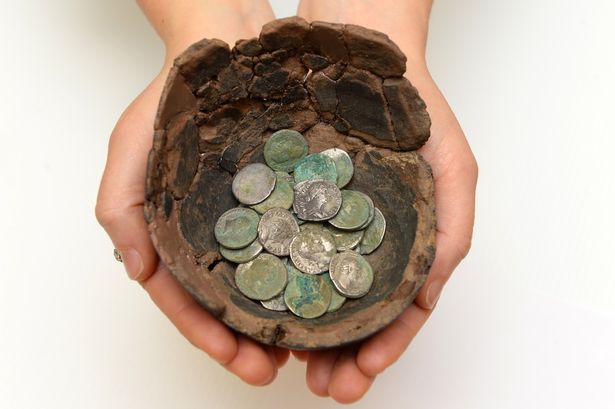The Great London [Search results for money]
UK: The stage is set at Shakespeare's Curtain Theatre

Great Legacy: Egypt launches appeal to buy back Sekhemka statue

North America: Site with clues to fate of fabled Lost Colony may be saved

More Stuff: 'Papyri from Karanis: Voices from a multi-cultural society in ancient Fayum' at the Egyptian Museum in Cairo

UK: Roman coins issued by Mark Antony found in Welsh field

UK: 2,000-year-old handwritten documents found in London mud

Travel: 'Beyond Caravaggio' at The National Gallery, London

UK: 'Unique' Roman tombstone found in Cirencester

UK: Detectorist finds hoard of 5,000 Anglo-Saxon coins
